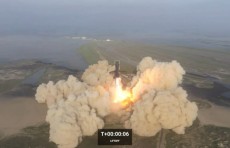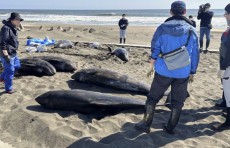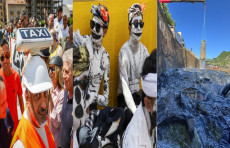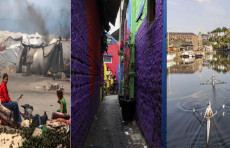Guatemala's Fuego volcano erupts, several killed, hundreds injured
Fuego volcano, whose name means "fire" in English, spewed an 8-kilometer (5-mile) stream of red hot lava and belched a thick plume of black smoke and ash that rained onto the capital and other regions.
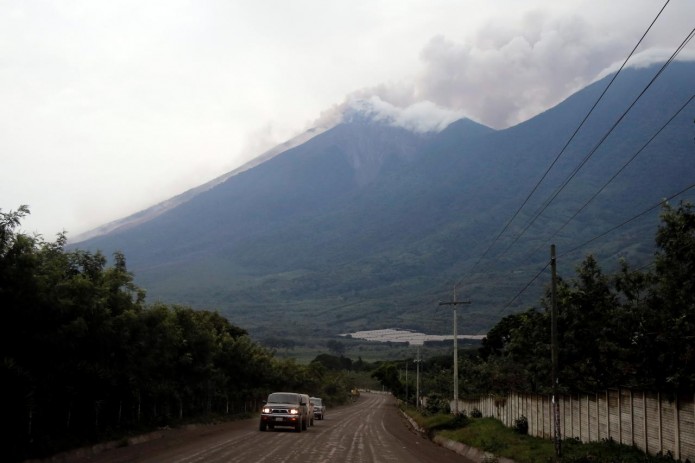
At least 25 people, including three children, were killed and nearly 300 injured on Sunday (June 3) in the most violent eruption of Guatemala's Fuego volcano in over four decades, officials said.
Fuego volcano, whose name means "fire" in English, spewed an 8-kilometer (5-mile) stream of red hot lava and belched a thick plume of black smoke and ash that rained onto the capital and other regions.
The charred bodies of victims laid on the steaming, ashen remnants of a pyroclastic flow as rescuers attended to badly injured victims.
Sergio Cabanas, the general secretary of Guatemala's CONRED national disaster management agency, said that a river of lava that overflowed its banks, affected the El Rodeo village, adding there were injured, burned and dead people.
Steaming lava flowed down the streets of a village as emergency crews entered homes in search of trapped residents.
One of those killed was a CONRED employee, CONRED reported, adding that 3,100 people had evacuated the area so far.
In a video, taken by CONRED employees, a visibly exhausted woman said she had narrowly escaped as lava poured through corn fields. "Not everyone escaped, I think they were buried," survivor Consuelo Hernandez said.
In another video taken by Guatemala's Fire Department, purportedly taken in the El Rodeo village showed three bodies strewn atop a lava flow, as rescuers arrived to attend to an elderly man caked from head to toe in ash and mud.
President Jimmy Morales said he had convened his ministers and was considering declaring a state of emergency in the departments of Chimaltenango, Escuintla and Sacatepequez.
The eruption forced the Guatemala City's La Aurora international airport to shut down its only runway due to the presence of volcanic ash and to guarantee passenger and aircraft safety, Guatemala's civil aviation authority said in a Tweet.
The volcano is located some 25 miles (40 km) southwest of the capital Guatemala City and is close to the colonial city of Antigua, popular with tourists and known for its coffee plantations.
The huge plumes of smoke that could be seen from various parts of the country and the ash that fell in four of Guatemala's departments caused alarm among residents.
Volcanic experts said temperatures in the pyroclastic flow can exceed 700 degrees (Celsius) and volcanic ash can rain down on a 15 kilometer (9.32 miles) radius, causing more mud flows and nearby rivers to burst their banks.





.png)


